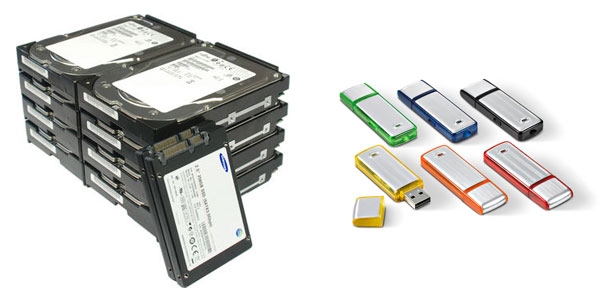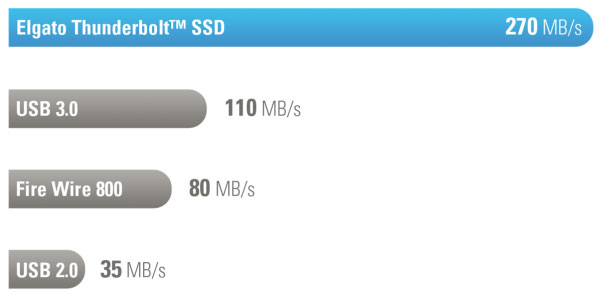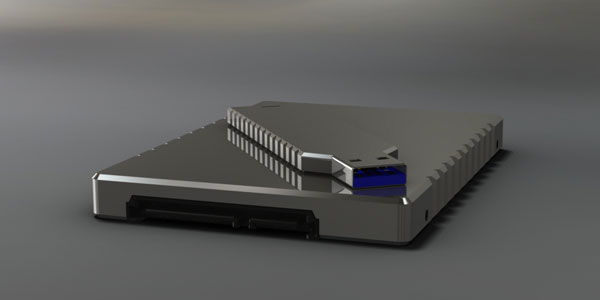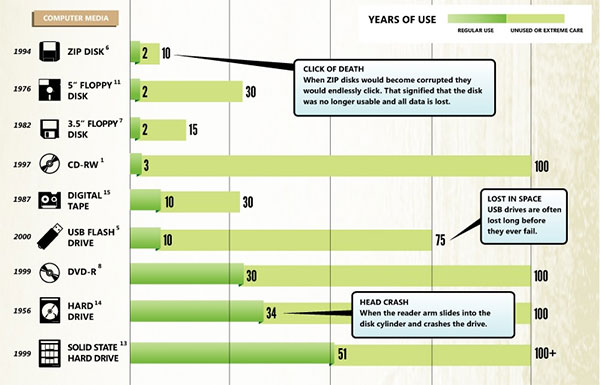Many of our customers asked us a lot of questions on this topic, so in this article we will try to bring into light the main differences between USB flash drives and SSD. Basically, they are both storage mediums that can ass more capacity to our computers and both are flash memory based and programmable memory chips to store digital data. However, you should be aware about major differences.
Physical size and usage
Usually, the USB flash drives are small in size and quite light weight so many people refer to them as thumb drives. SSDs, on the other hand, are more like the standard desktop and laptop hard drives, with usual widths of 1.8 inch, 2.5 inch, 3.5 inch and 5.25 inch. Another aspect is that USB flash drives are designed as external storage devices, while SSDs, thou designed for the inside of the computer, can be used as both internal and external drives. As external devices, the SSDs are placed inside external hard-drive cases that can be connected through the USB ports with the help of SATA-to-USB conversion board and cable.

Speed
For occasional sharing of data with the help of a portable device, the speed of the traditional USB flash drive shouldn’t be much of a concern. But don’t expect form a flash drive to instant copy, transfer or save very large files. From the USB 2.0 devices you can expect read speeds of 34 MB/s and write speeds at 28 MB/s, in normal conditions, while the USB 3.0 standard can go up to 124 MB/s. SSDs are faster than these standards, sometimes even faster than the platter-based hard drives even thou they are using the same SATA or serial ATA cables connected to the motherboard. A SSD can have transfers speeds up to 360 MB/s, while traditional drives cap out at 120 MB/s to 165 MB/s. So if you want to copy 700 MB of data on a USB flash drive it will take about 25 seconds, while on a SSD, it will take less than 5 seconds, in most cases. However, the new USB 3.1 standard is closing this speed gap making the USB storage devices as fast as the SSDs.

Capacity and costs
Both USB flash drives and SSDs are smaller than the traditional hard drives and as the storage capacity goes up, so is the price. But at the same storage capacity, the prices of the USB flash drives are much, much lower than the prices of the SSDs. And as the capacity increases, the price difference gets even bigger. We don’t want to give you any price figures, mostly because these may change considerably without notice.

Reliability and efficiency
We have to admit that SSDs are more reliable than the USB flash drives. Both types of devices use NAND flash memory to stock digital data, but not of the same kind. USB flash drives have a multi-level cell memory or the MLC, much cheaper to produce than the single-level cell memory, or the SLC, used by the SSDs. The memory of the USB flash drives store 2 bits of data in every cell, which is resulting in larger memory capacities, a type of memory that can now be found even in some large memory SSDs hybrids. In practice, even thou the SLC memory isn’t allowing very large storage capacities, it endures better than the MLC memory. A MLC memory can read and write data about 5,000 times, in general, while the SLC has almost 50,000 read/write cycles. Plus, the controller boards of the SSDs support wear leveling, a process that spreads the read/write operations over more cells in the memory chip, making it last longer. Technically, there are many other reasons why the SSDs perform better and last longer than the USB flash drives, but the bottom line is that they are more reliable and faster.

Overall, if you don’t have a lot data to share at once, the USB flash drives do the job admirably and they can fit any budget. For intense usage and high speeds, we would recommend the SSDs, especially as internal computer storage devices.
